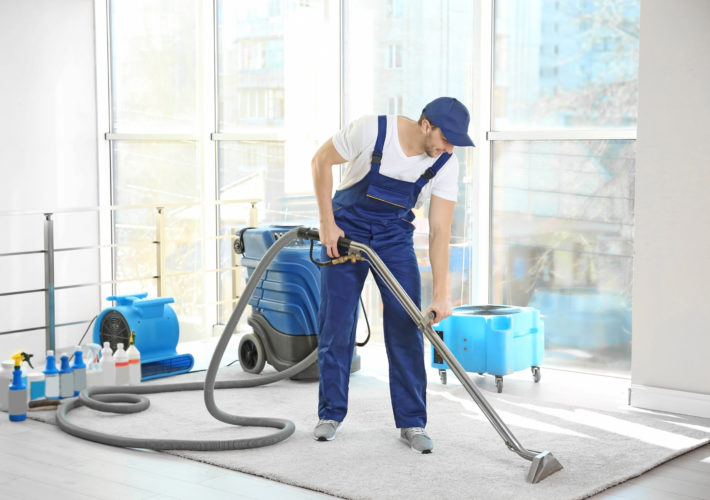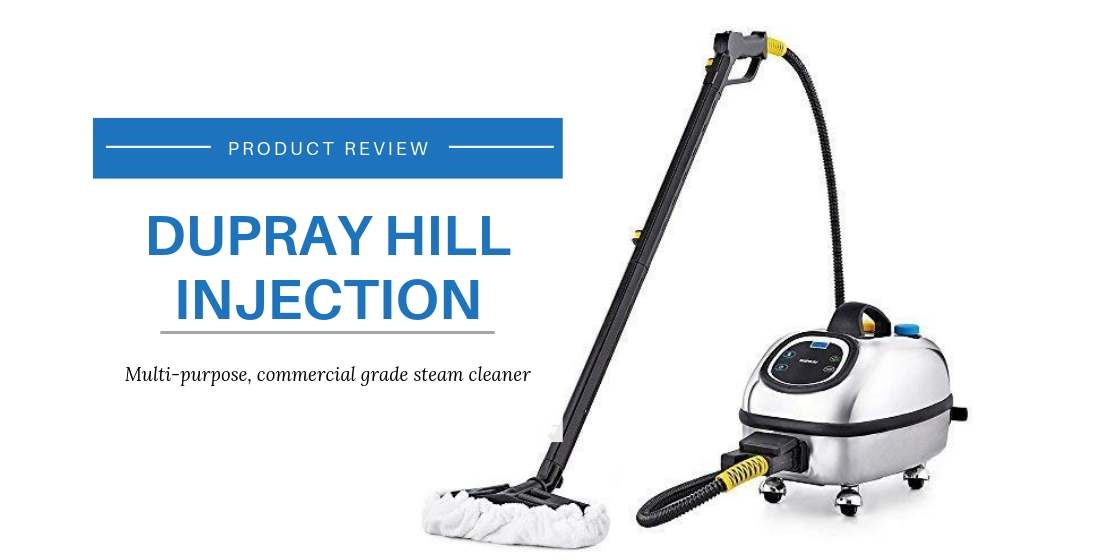A soft, fluffy carpet can brighten up your space and mood, but a damp carpet can quickly turn into a foul, moldy nightmare. If you notice your carpet is wet or somewhat damp, it’s time to take action. Read on to learn how to dry a wet carpet successfully.
The Importance of a Dry Carpet
A high-quality carpet can be a statement piece in any room. Keeping your carpet clean is the most critical part because a dirty rug can hide many dangers: dust mites, bacteria, pests and mold. Maintaining your rug is easy enough with a little effort and the right equipment.
If it gets wet, though, you shouldn’t ignore it and hope it dries down on its own. It’s essential to keep your carpet clean because it traps many particles in its fibers. A wet environment can be fertile ground for harmful bacteria that gets trapped in the carpet’s fibers, which can then be detrimental to your health. Don’t forget the musty odors that can affect your everyday life and create a lot of general displeasure at home.
How to Dry a Wet Carpet
Here are a few pointers you need to consider when dealing with a wet carpet:
Don’t Wait to Dry
Whether your carpet is damp or soaked to the bone, act on it as soon as you can. If too much time passes, the stagnant water can get in the pad and subfloor, making the damage worse.
Lift the Padding
If your carpet has padding, make sure you lift it up. Leaving the padding on the floor makes things take even longer to dry. If you don’t, an odor will form that will permeate your entire space.
Fix the Cause
Whether it’s a leak, a broken pipe or any other cause, you need to address it so it doesn’t happen again. Drying out your carpet without fixing the original problem will all but guarantee a second incident.
Clear Everything Out
Ideally, you want to dry out your carpet entirely so no wet spots are left behind. To do this correctly, you need to have a fully exposed surface, which means moving all your furniture off the carpet to a clean, dry space.
Limit Movement on the Carpet
Walking over a wet carpet will not only make it dirtier, but also wear it out and push the water deeper into the fibers. Do not walk on your carpet until it’s dry.
Should You Call Professionals to Clean Your Carpet?

Depending on the severity of the damage, you can clean it yourself or call professionals. If the water damage is significant, it’s probably safest to reach out to a pro to ensure the damage is completely mitigated. However, if the damage is minor, you can generally take care of it on your own. Whatever the case may be, don’t hesitate to get started because mold will start to grow within 24 to 48 hours. You won’t see the spores, but trust us — they will be there.
Minor Spillage
Maybe a vase with fresh flowers broke, or you left the window open and it started raining. Regardless, the fact is that your carpet is wet and you need to deal with it. For a minor spill or soaking, you can use any kind of fan to begin drying it out.
Open all the windows (unless it’s still raining) and lift the wet spot off the ground so it can dry faster. You can also use towels and press them into the wet spot to absorb excess moisture. If possible, take the whole carpet and leave it out in the sun. If you have to clean the carpet, then it’s the perfect time to properly shampoo it, too.
Major Spillage
Trying to dry the carpet when there’s a huge spill (after a flood, broken pipe or hazardous weather) will be a slightly more arduous process. First, you need to remove the water from the carpet. For this, you can use a pump or a wet-dry vacuum.
If you’re not able to take the carpet outside and need to dry it in place, you will need fans and dehumidifiers. Position them throughout the room as they will speed up the drying process and prevent mold and odors from developing. If possible, lift the carpet off the ground and position the fans to reach the underside as well.
Water Source
One of the most important things to factor in is the water source that caused the damage. If the water is clean, you’re safe to treat the carpet yourself. When in doubt, it’s a safe bet to wear rubber gloves for an added layer of protection.
If the damage was caused by unsanitary water such as leaks from a washing machine or dishwasher, you’re better off calling professionals. In these instances, carpets need to be sanitized before being laid back down. Please note that there are some cases where nothing can save your carpets. If they were soaked with black water or floodwater, they need to be removed from your home altogether.
Padding
Whatever the material your padding is made of, it may suffer damage from water. Urethane foam (or rebond) is the most common material used for padding, and it’s more resistant to water damage. Older homes, however, mostly have wool or fiber pads, which aren’t as resistant. You could try to dry out the padding if clean water caused the damage, although this process may take more time. If dirty water like groundwater or sewage is involved, it’s best to replace the padding altogether. The good news is that padding isn’t all that expensive, so you may want to consider changing it, irrespective of the water source.
Can You Save a Wet Carpet?
Yes, you can save your carpet. Act as quickly as possible and take all precautionary measures to prevent mold or mildew from building up. Bear in mind that clean water is easier to deal with and you can often take care of it yourself. On the other hand, you’re safer calling a professional for instances of dirty or questionable water damage.
Whenever possible, wash the carpet with soap and dry it thoroughly. If the damage is too significant, you may have to get rid of your carpet. By following our steps, we’re sure you’ll get the best possible results and may even save your beloved carpets from having to be tossed out.
